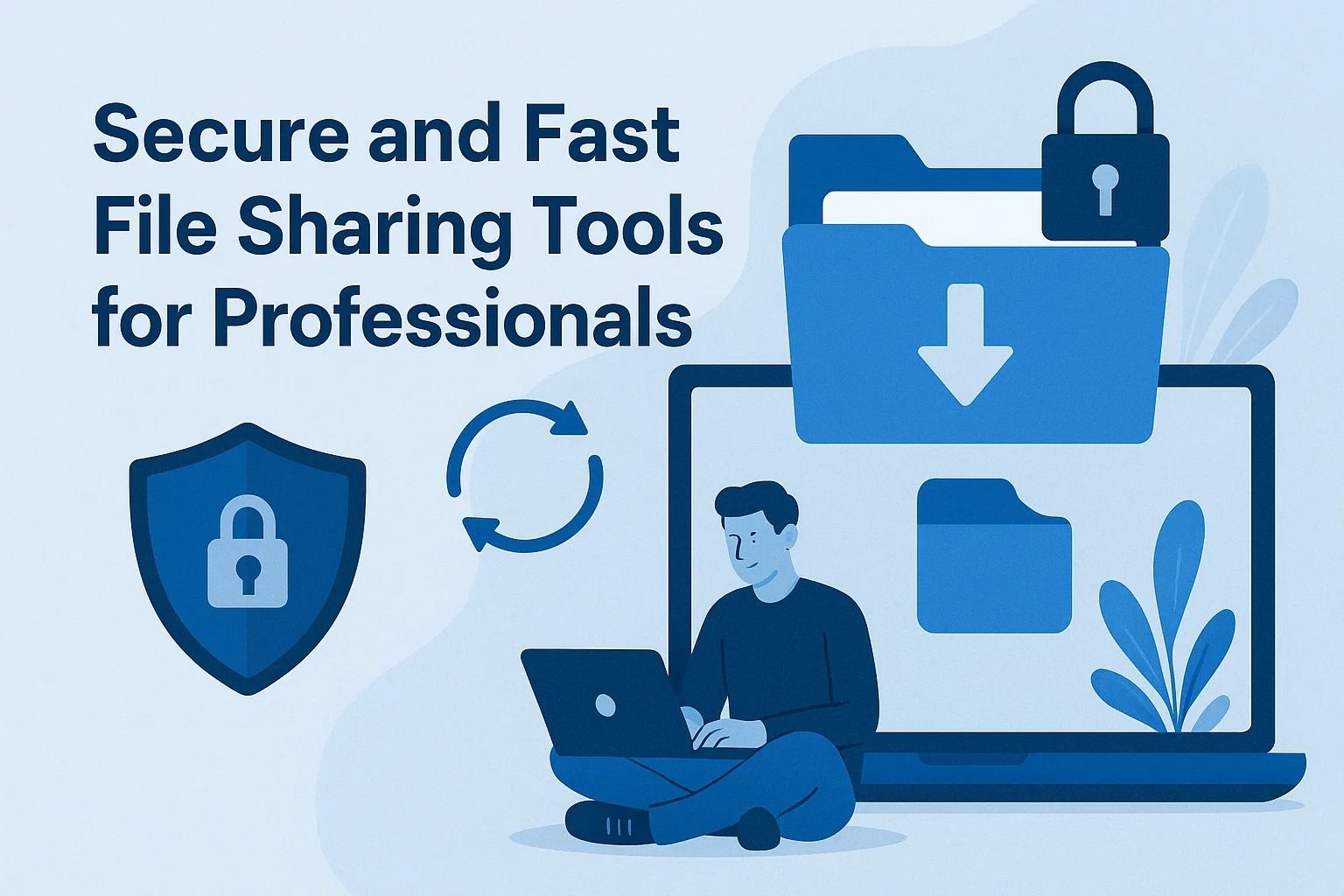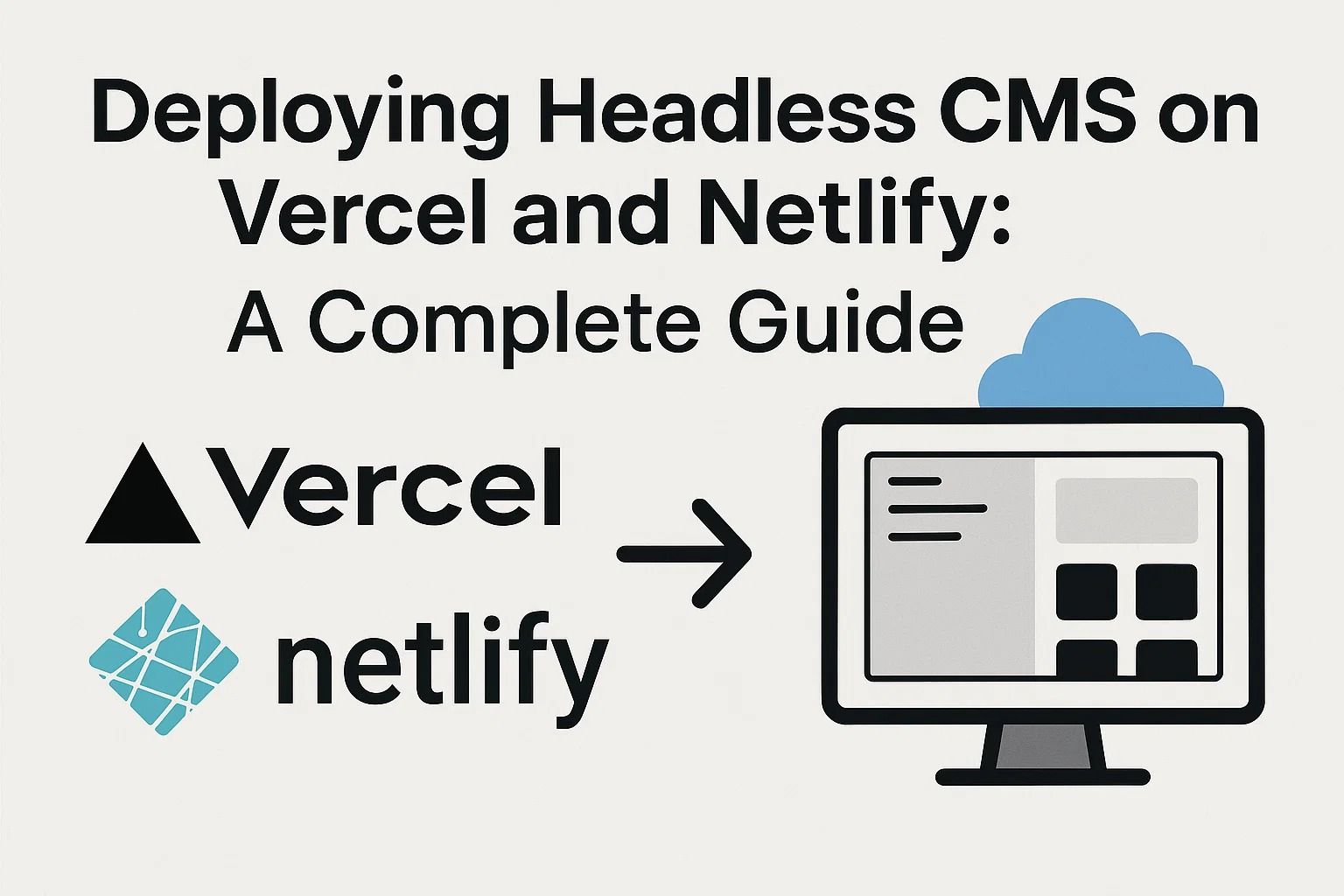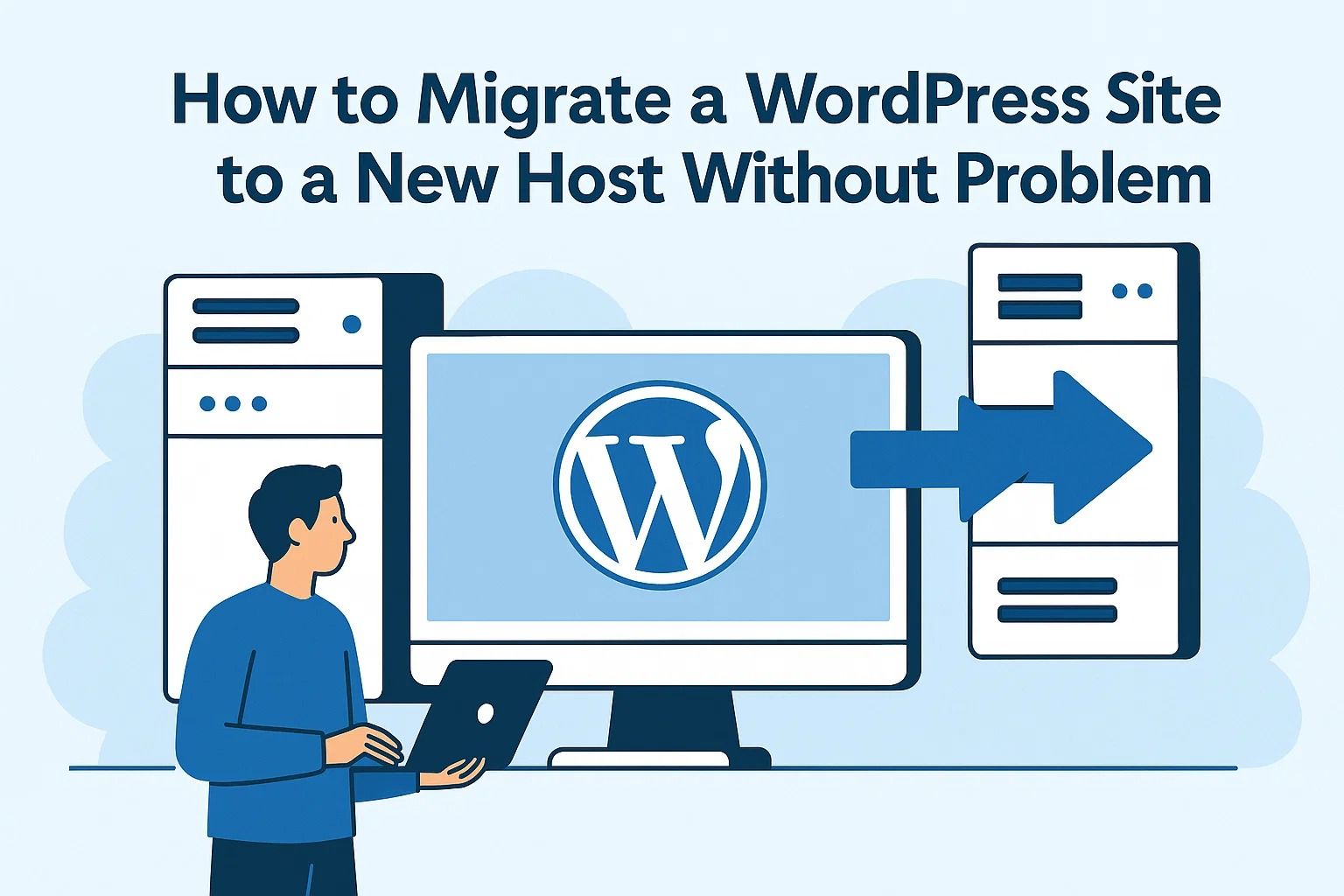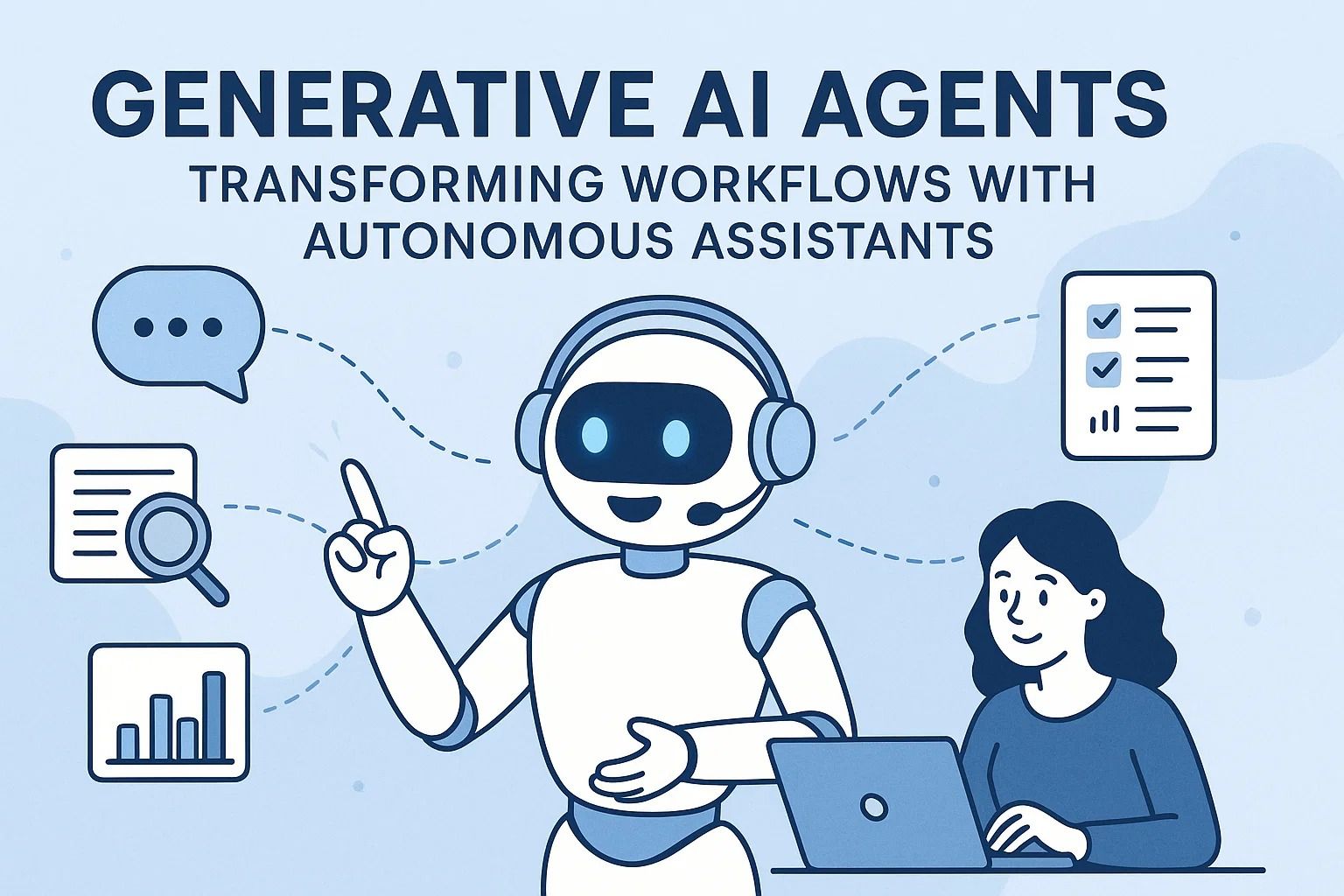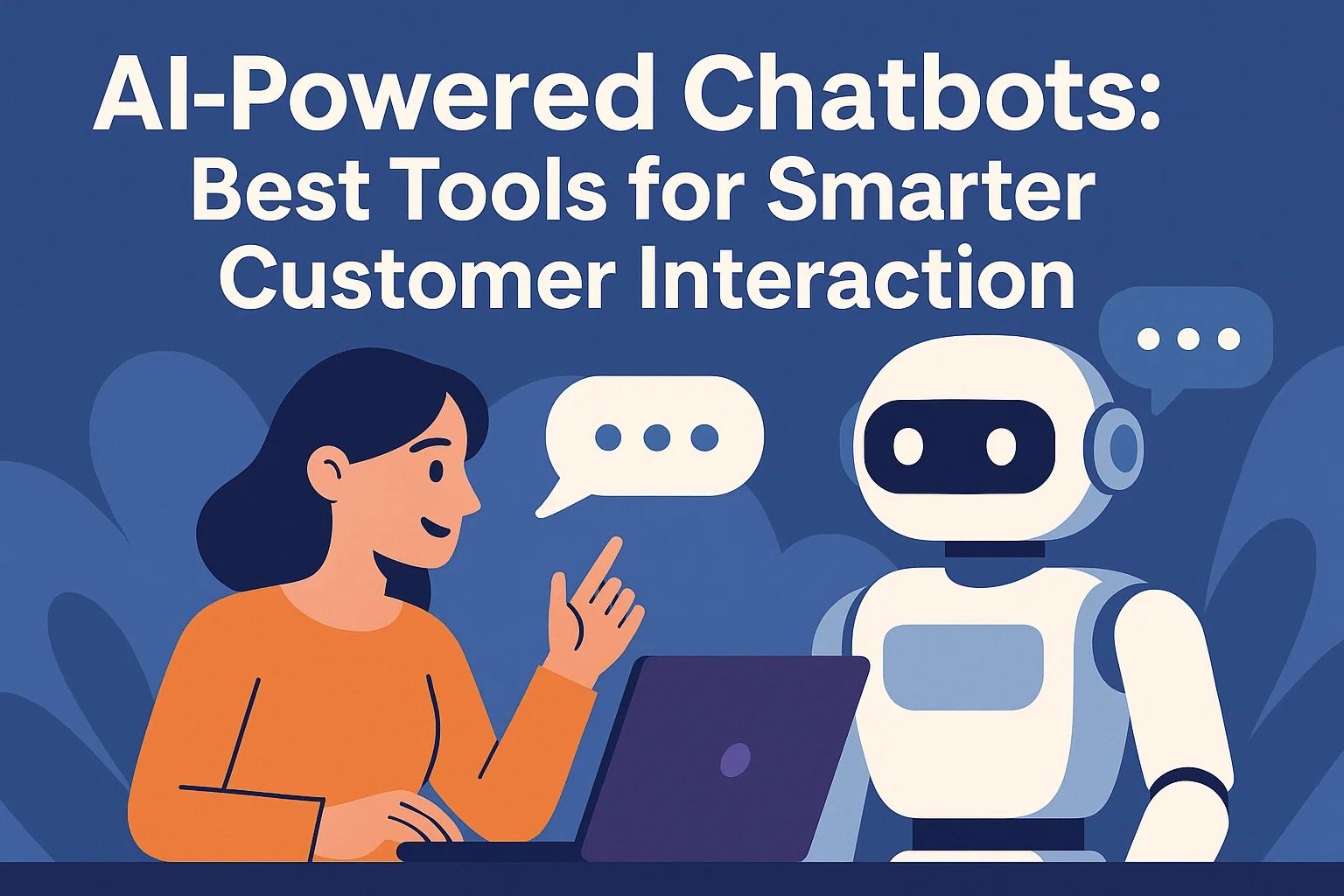
AI-Powered Chatbots: Best Tools for Smarter Customer Interaction
AI-Powered Chatbots: Best Tools and Strategies to Transform Customer Support
In today’s hyper-connected world, AI-powered chatbots have evolved from simple automated responders to intelligent digital assistants that can understand context, sentiment, and user intent. For businesses, these chatbots have become an essential part of modern customer support, sales, and marketing strategies — cutting costs while boosting user satisfaction.
Unlike traditional bots that rely on predefined scripts, the new generation of chatbots harnesses Natural Language Processing (NLP) and Machine Learning (ML) to deliver human-like conversations and proactive assistance. Companies are now leveraging these tools not only to resolve customer queries but also to predict needs and personalize user experiences.
Did you know? A 2025 market report shows that over 65% of customer interactions are now handled by AI systems — a number expected to reach 80% by 2027.
How AI Chatbots Revolutionize Customer Support
The benefits of integrating an AI chatbot go far beyond cost savings. Let’s break down what makes them so transformative:
- 24/7 Availability: Customers can get support anytime, anywhere — without waiting for human agents.
- Scalability: Chatbots can handle thousands of simultaneous conversations with ease, something impossible for human teams.
- Personalization: Modern bots use data to offer relevant recommendations, improving engagement and retention.
- Multichannel Integration: These tools can be deployed across websites, apps, and messaging platforms like WhatsApp or Telegram.
Top Features to Look for in an AI Chatbot Platform
When choosing the right chatbot for your business, consider the following features to ensure both scalability and effectiveness:
- Conversational Intelligence: The ability to understand user intent and provide context-aware responses.
- Omnichannel Support: Integration with popular communication channels such as Slack, Messenger, or email.
- Analytics Dashboard: Insights into user behavior, query trends, and engagement performance.
- Custom Training: Option to train the model on your company’s FAQs and support data for improved accuracy.
- Low-Code or No-Code Interface: Ideal for teams without deep technical expertise.
Quick Comparison: AI Chatbots vs. Traditional Live Chat
| Feature | AI Chatbots | Live Chat |
|---|---|---|
| Availability | 24/7, automated | Limited to staff hours |
| Response Speed | Instant | Depends on agent |
| Scalability | Handles unlimited sessions | Limited by human capacity |
| Personalization | AI-driven recommendations | Manual interaction |
With such versatility, it’s no wonder that platforms like ChatGPT, Drift, Intercom, and HubSpot Chatbot are leading the charge in customer engagement. Many small businesses have even started using hybrid setups where AI handles the initial response while human agents manage complex issues — creating a balance between efficiency and empathy.
AI-Powered Chatbots: Best Tools for Smarter Customer Interaction and Growth
As businesses increasingly rely on digital communication, selecting the right AI chatbot tool can make the difference between mediocre customer service and an exceptional one. From open-source frameworks to enterprise-grade solutions, there’s a chatbot platform for every level of technical expertise and budget. Below, we’ll explore the most popular and effective options on the market — and what makes each of them stand out.
1. ChatGPT for Business
OpenAI’s ChatGPT has rapidly become the most recognized name in conversational AI. The model can be fine-tuned for business use cases, integrated into websites, and trained to understand brand tone and policies. It offers plugins and APIs for developers and integrates well with CRM systems like HubSpot or Salesforce.
- Best for: Businesses seeking highly flexible and intelligent chatbot capabilities.
- Pros: Natural conversations, constant learning, and API integration.
- Cons: Requires developer setup for advanced use.
2. Intercom
Intercom combines live chat with automation, giving businesses the power to engage customers throughout the sales funnel. Its AI assistant can answer FAQs, schedule demos, and direct queries to human agents if needed.
Key Feature: Seamless human handoff and strong CRM analytics.
3. Drift
Drift focuses on sales and marketing conversations. Its Conversational AI learns from previous chats to improve response accuracy and generate qualified leads automatically. Drift also integrates smoothly with tools like Slack and Zapier.
- Smart routing for enterprise sales teams.
- Dynamic conversation scripts that adapt to user responses.
- AI lead scoring to identify high-value prospects.
4. Tidio
Tidio is a favorite among small to medium-sized businesses thanks to its affordability and simplicity. It merges live chat, chatbot automation, and email integration into a single dashboard. The platform’s AI assistant, “Lyro,” can instantly respond to customer questions and even detect sentiment.
Pro Tip: Tidio allows you to track visitor behavior in real time — perfect for optimizing conversion funnels.
5. HubSpot Chatbot Builder
If you’re already using HubSpot CRM, this chatbot builder is a natural fit. It’s designed for customer relationship management, lead nurturing, and data collection — all without writing a single line of code. The integration with marketing automation tools makes it especially powerful for small marketing teams.
Quick Comparison of the Top Chatbot Tools
| Platform | Best Use Case | Integration | Free Plan |
|---|---|---|---|
| ChatGPT | General AI Assistant | CRM, API | Yes |
| Intercom | Customer Support | CRM, Slack | No |
| Drift | Sales Automation | Zapier, HubSpot | No |
| Tidio | SMB Customer Chat | Shopify, WordPress | Yes |
| HubSpot Chatbot | CRM Integration | HubSpot Suite | Yes |
When deciding between these tools, consider your core goal — whether it’s improving response times, boosting sales conversions, or enhancing engagement. Enterprise users may prioritize integration and AI depth, while freelancers and startups often value simplicity and cost efficiency.
Before finalizing your choice, ensure the chatbot aligns with your website’s infrastructure and brand tone. The right combination of AI and UX can dramatically improve user satisfaction.
To understand how these chatbots fit into modern online ecosystems, explore our article on Shared Hosting Explained: Pros, Cons, and When It’s the Wrong Choice — where we detail how hosting environments affect scalability and chatbot performance.
Implementing AI Chatbots for Maximum Business Impact
Once you’ve selected your AI-powered chatbot, the next challenge is deploying it strategically to drive measurable outcomes. Simply adding a chatbot to your website isn’t enough — success depends on how it’s integrated, trained, and maintained over time. Let’s break down the key steps and practices that make AI chatbots truly effective for tech businesses and freelancers alike.
1. Define Clear Objectives
Before deploying your chatbot, establish what you want it to achieve. Are you aiming to reduce support response time, qualify leads, or collect user data? Each goal shapes your chatbot’s personality, flow, and integration points. Without defined metrics, it’s impossible to measure success or ROI accurately.
Pro Insight: Create measurable KPIs like average resolution time and conversion rate uplift after chatbot implementation.
2. Personalize the Conversation Flow
Today’s users expect bots to sound human and contextual. Use conditional logic to create tailored responses based on user intent and history. For example, if a visitor is returning, the bot could greet them by name and suggest relevant articles or products.
- Segment audiences for better targeting.
- Include small talk responses for natural flow.
- Train bots on brand-specific tone and terminology.
3. Train with Real Data
The best-performing chatbots are continuously trained using live customer interactions. Reviewing chat logs helps identify misinterpretations and refine responses. AI models like ChatGPT and Dialogflow thrive on feedback loops — the more data they get, the better they perform.
For tech startups handling sensitive user data, ensure compliance with GDPR and CCPA regulations. Users should always know when they’re talking to a bot and how their information will be used.
4. Integrate with Analytics Tools
Connecting your chatbot with analytics platforms provides valuable insights into user behavior and engagement. Metrics like session length, bounce rate, and most-asked questions reveal which areas of your website or service need improvement.
Example: By integrating Google Analytics and HubSpot, you can correlate chatbot interactions with conversion data to track their real business impact.
5. Continuous Optimization
AI chatbots should evolve alongside your business. Regular updates to dialogue trees, sentiment recognition, and product data ensure relevance. Moreover, running A/B tests on conversation scripts helps discover which approaches resonate best with users.
Establish a feedback system for human agents to mark conversations that failed or succeeded — this human-in-the-loop feedback cycle is essential for long-term efficiency.
The Future of AI Chatbots in Digital Business
As natural language processing models become more sophisticated, chatbots are evolving from reactive assistants into proactive digital agents. They will soon predict user needs, automate complex workflows, and even assist in creative processes. Integrating chatbots with voice recognition, payment gateways, and smart devices is already transforming how businesses communicate with customers.
In essence, AI chatbots are no longer optional — they’re integral to a business’s digital identity. Whether you’re a freelancer or a large enterprise, the right chatbot tool can amplify engagement, productivity, and brand reputation.











